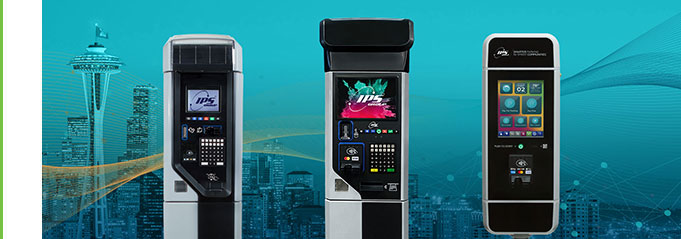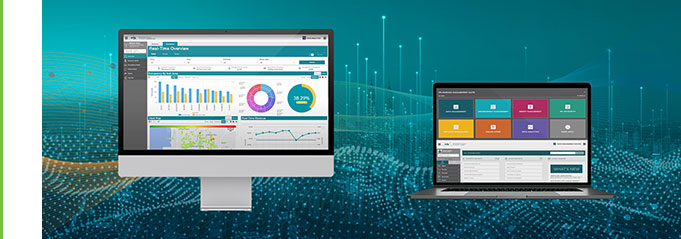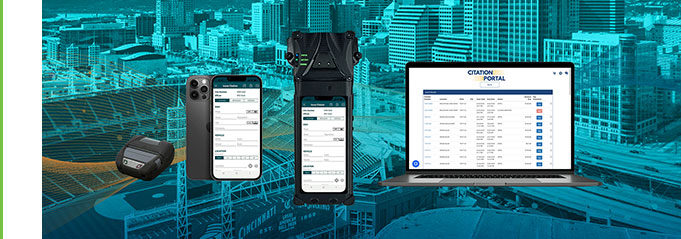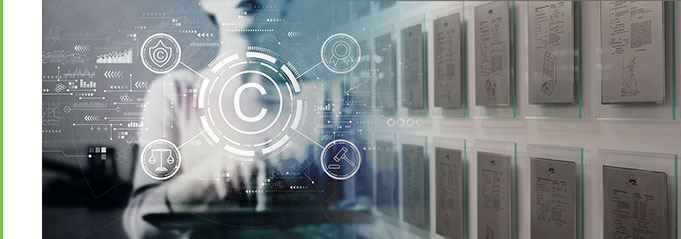 Smart parking in Oxford, Miss., has been and remains a work in progress.
Smart parking in Oxford, Miss., has been and remains a work in progress.
City parking officials got off to a false start in 2012 with a license plate recognition effort that failed to deliver. “It was a good idea but the technology just wasn’t there yet,” said Parking Director Matt Davis.
The city turned the situation around with a 2014 upgrade to smart meters. That effort is yielding positive outcomes, and now Oxford has its eye on emerging sensor technologies.
To understand the trajectory of parking technology in this Northern Mississippi municipality, it helps to rewind a few years. In 2012 increased tourism and an expanding university population at Ole Miss were straining parking around the historic downtown area, called “The Square.” Free parking meant cars lingered in premium spaces, which was bad for business and discouraged visitors.
License plate recognition or LPR seemed like a tech-savvy solution to enforce time limits. If cars stayed in place beyond the two-hour limit, an automated system would take note and issue a citation. But the geo-location technology wasn’t ready for prime time: The LPR system often would erroneously ticket vehicles that had moved across The Square and were in fact parking legally.
Such systems have improved in recent years, “but at the time it just was not up to par,” Davis said.
In 2014, the city sought out a new solution, with local leaders paying visits to multiple cities of comparable size: 25,000 people, swelling to 50,000 when the university is in session. They gathered reams of parking information from Athens, Ga.; Fayetteville, Ark.; and Charleston, S.C., talking to parking directors and technicians alike.
“We wanted to know what works and what doesn’t work,” Davis said. “We just asked every question we could think of.”
In considering their options, planners first looked at kiosk systems where a single “pay here” station might serve 15 or so cars on a block. But The Square didn’t have the power or telecommunications infrastructure needed to support kiosks, and the system seemed inconvenient. Either parkers would have to remember their plate number or remember their spot number, or else put a receipt on the dashboard.
This last seemed especially unlikely. “We looked at this in use elsewhere,” Davis recalled. “You would go up to a car and there would be 50 receipts on the dashboard and you’d have to figure out whether the current one was there. It’s an enforcement nightmare.”
The team instead settled on 300 individual smart meters from IPS Group, a $390,000 investment. The meters are “smart” largely in the diversity of pay options they offer. Users can insert coins, use a credit or debit card, or pay with a smartphone app. The city and the university both favor Passport parking software for payments.
The meters have been a financial boon. The city’s parking operations used to lose an average of $20,000 per month, IPS reports. Parking revenues exceeded $500,000 in the eight months after the meters went in.
In addition to revenue, the meters produce data. They report ongoing activity, and can tell operators how much coinage they are holding, so parking officials know when it’s time to dispatch a collector.
“It will show me exactly when you paid the meter, how you paid and how much you paid,” Davis said. “We use the data for our financials. We can say this percentage of people pay with coin versus credit. We can say which are the major areas where people are parking. We can see the different activity at different times of day.”
This helps the city to do budgeting and it helps the parking department make best use of its human capitol. “We know what times of the day are most busy, so I know whether to schedule a guy for 3 p.m. or 10 a.m. on any given day,” David said.
The parking upgrade did bring with it challenges, especially on the administrative side.
“We didn’t have the ordinances in place for this. We didn’t have the policies for how to enforce this,” Davis said. The parking department wrote out the rules and worked them through with city attorneys before rolling them out for public comment and eventual city council approval. “We wanted to be sure we had a legal framework in place so everything would be in the ordinances and the policies when the meters came out.”
The city still is ironing out details in the technology. The primary batteries in the meter are reaching the end of their expected three-to-five-year life cycle, so those are starting to get swapped out. On the plus side, IPS recently added American Express as a payment option, giving users a little more flexibility.
But parking never sits still for long. With the smart meters ticking away, Davis has his eye on emerging sensor technologies as a possible next step.
“We know there are sensors that can tell you how many spaces on our square were occupied and paid yesterday at 10 o’clock in the morning. We do think that could help us with enforcement. Maybe there is one place where more cars are not paying, so we can tell our guys to skip the south side of The Square and focus on the north side for the next hour,” he said.
Still, Davis is moving with some care, given public sensitivity around parking issues. For example, he’s intrigued by sensors that can be programmed to zero out a meter when a car pulls away, effectively blocking one parker from piggybacking on someone else’s quarter.
“We talked about it and we immediately got hit hard by a bunch of citizens. We are doing the best we can to improve downtown — and we had a few people call us greedy!” he recalled. So while that option is not likely to materialize, Davis continues to watch developments, looking for ways to make the city’s smart parking even smarter still.




















